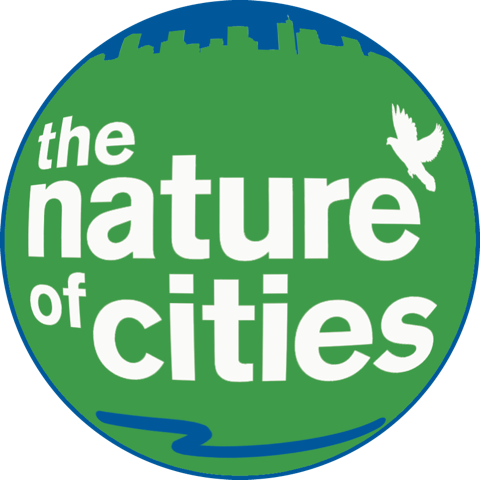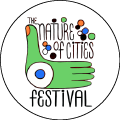18 February 2015

While it is undoubtedly true that thousands of cities around the world share a wide spectrum of common denominators, from garbage to biodiversity, from air pollution to sophisticated bike-path networks, or from unemployment to entrepreneurship (to mention only a sample few) it is perhaps important to examine common urban denominators...
15 February 2015
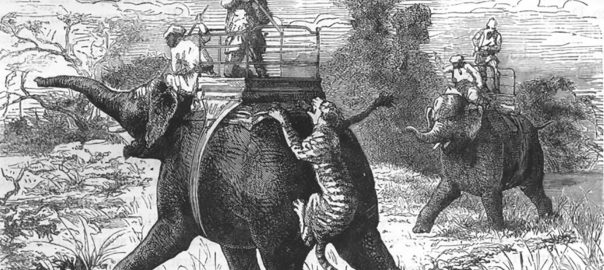
India is on a rapid path to urbanisation. While currently only 30% of India’s population lives in cities, this is changing rapidly. Plans have been recently announced to build 100 new “smart cities” across India, with an ambitious plan that includes the proposed investment of 1.2 billion US dollars in...
11 February 2015
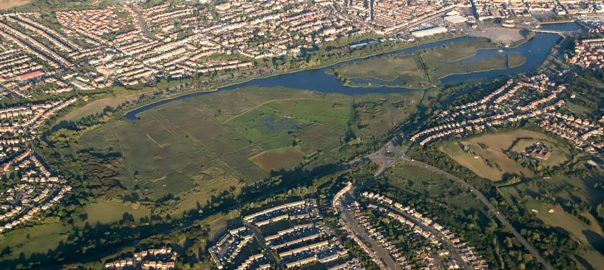
In reviewing the wildlife habitats of British towns and cities for my recent book Nature in Towns and Cities (Harper Collins 2014) I became acutely aware that many of the UK’s most spectacular urban wetlands resulted from industrial activities. The most extensive of these are newly created lakes that formed...
4 February 2015
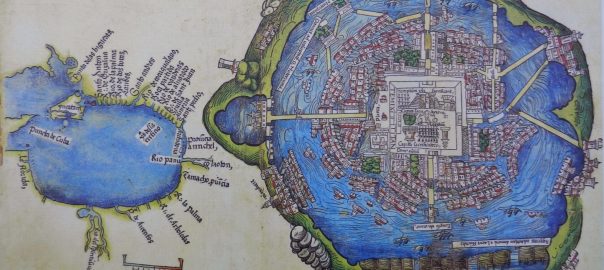
Over time, cities originated wherever indigenous cultures agglomerated and planned links between their settlements and peri-urban ecosystems for the provision of water, food and other goods and services. Not by coincidence, these settlements often occurred in biodiversity hotspots—and we know that historically cities were hotbeds for innovation of all sorts....
1 February 2015

Urban waste management is a crucial component of our constant interaction with the environment within and around our cities. Managing waste efficiently and sustainably is a unique challenge for us all that depends on development trends, socioeconomic composition, political situation, and a host of other factors. This dependence is especially...
28 January 2015

There has been a rapid decrease in the amount of open or natural space in Japan in recent years, particularly in urban areas due to the development of housing. Preserving these areas as wildlife habitats and spaces where children can play is a very important issue nowadays. I wrote about...
25 January 2015
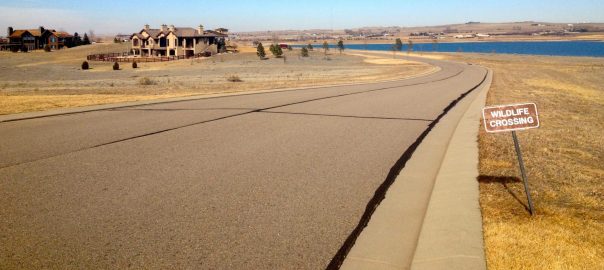
Recently, a popular concept called conservation development (CD) has gained traction in many planning and design fields. CDs typically are developments where homes are clustered on small lots with the remaining areas conserved as open space, as opposed to traditional development, where homes are spread out, fragmenting the original natural...
21 January 2015

Measures taken in cities to improve their adaptation to drought and for carbon sequestration are usually based on general standards to reduce water consumption and greenhouse gas emissions and/or to reach an efficient use of water and energy. Normally, these proposals are introduced using ‘globalized’ technologies, which are applied everywhere...
18 January 2015

The year 2014 seemed a long year when it came a year ago but passed by very quickly giving way to another long New Year and fresh hope that the world would be prosperous. What does it mean for all the countries in the world to be Prosperous? It requires creating...
14 January 2015

Community gardeners and urban farmers across North America are using an innovative research toolkit developed in New York City to measure and track the impacts of their work. A small group of dedicated gardeners created the toolkit in mid-2013 as part of the Five Borough Farm initiative of the Design...
11 January 2015
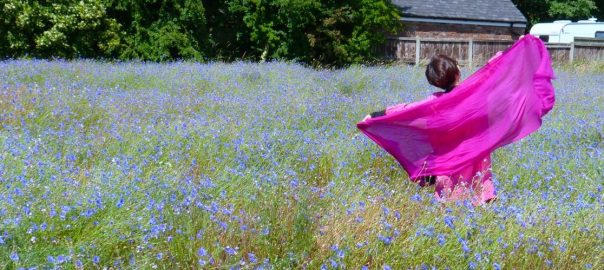
Land really is the best art. I think having land and not ruining it is the most beautiful art that anybody could ever want. —Andy Warhol The new year is a good time to look back before looking forward: this blog offers opportunity to take stock of 2014, which was...
7 January 2015
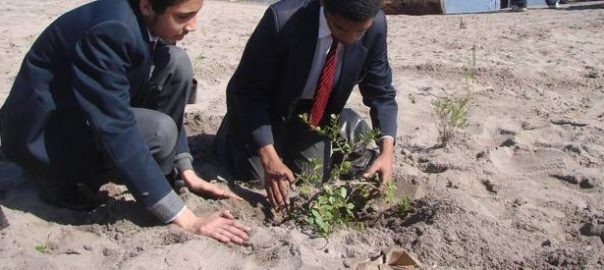
“Because then it becomes a beautiful self-driven machine. Nature driving people driving nature. Where the word is spread and the pride is shared and spread and it spills over (in the community). Everyone wants to feel proud of something that is on their doorstep“. —Kelvin Cochrane, baker and community-activist, Bottom...
3 January 2015

Small-scale urban spaces can be rich in biodiversity, contribute important ecological benefits for human mental and physical health (McPhearson et al., 2013), and overall help to create more livable cities. Micro_urban spaces are the sandwich spaces between buildings, rooftops, walls, curbs, sidewalk cracks, and other small-scale urban spaces that exist in...
31 December 2014

It’s been a great year at The Nature of Cities. The number of contributors has grown to almost 170, and we published 100+ blogs, long-form essays, and global roundtables. Most important, we’ve attracted more and more readers: in 2015 we had 170,000+ visits from 2,812 cities in 140 countries. Thank...
21 December 2014

Forget the damned motor car and build cities for lovers and friends. —Lewis Mumford, My Works and Days (1979) Humanity managed for the better part of 400,000 years without cars and did just fine. Julius Caesar, Michelangelo, William Shakespeare, Adam Smith, and Abraham Lincoln lived in cities and never drove...
17 December 2014
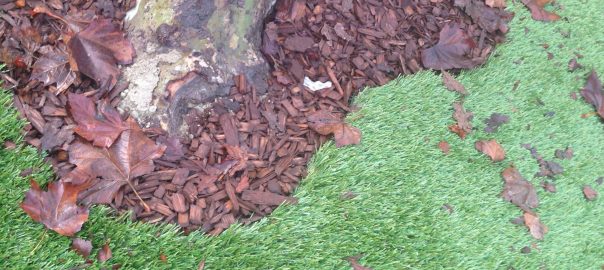
We are not in the Age of Aquarius that had brought—to some of us—radical hope about societal change and a turn toward ecology, steady state growth, and different GDP metrics, including happiness. The age was about love, unity, integrity, sympathy, harmony, understanding and trust. The Age of Aquarius was about...
14 December 2014

September 2014 marked the 50th anniversary of the signing into United States law of the Wilderness Act. A watershed act and a cornerstone of contemporary environmentalism, it put into place new and important safeguards on the protection and development of some of the nation’s most impressive wild areas. As we...
10 December 2014

On a Friday night at the end of November 2014, nearly 200 people arrived in the departures zone of Berlin’s former Tempelhof Airport for five hours of presentations, working groups and community-led exhibitions. A projection screen stood on the baggage carousel, and former glass-walled airport offices held bulletin boards and...
7 December 2014
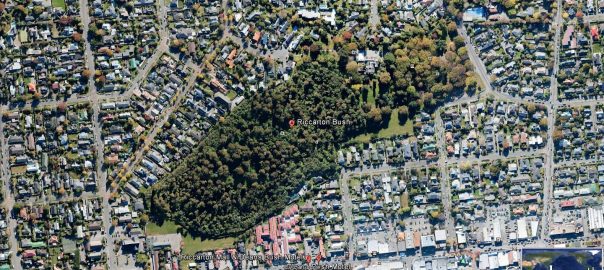
Remnants of indigenous vegetation in urban and rural areas often are the only remaining examples of ecosystems that were once more extensive before human settlement. They are therefore vital for preserving and promoting biodiversity. Remnant vegetation also serves as a refuge for indigenous plants, fungi and animals that would not...
3 December 2014
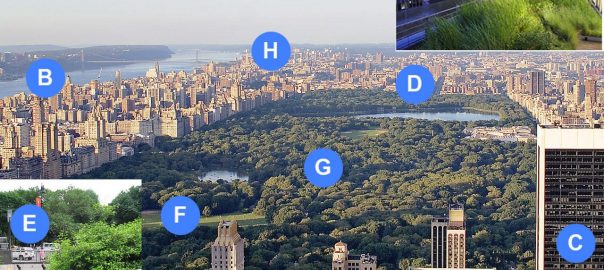
Microbes play a key role in the function of ecosystems. They contribute to biodiversity (Fierer et al. 2012), nutrient cycling (Fenchel et al. 2012), pollutant detoxification (Kolvenbach et al. 2014), and human health (Gevers et al. 2012). Since they control the composition of the gases in the atmosphere, they also...


